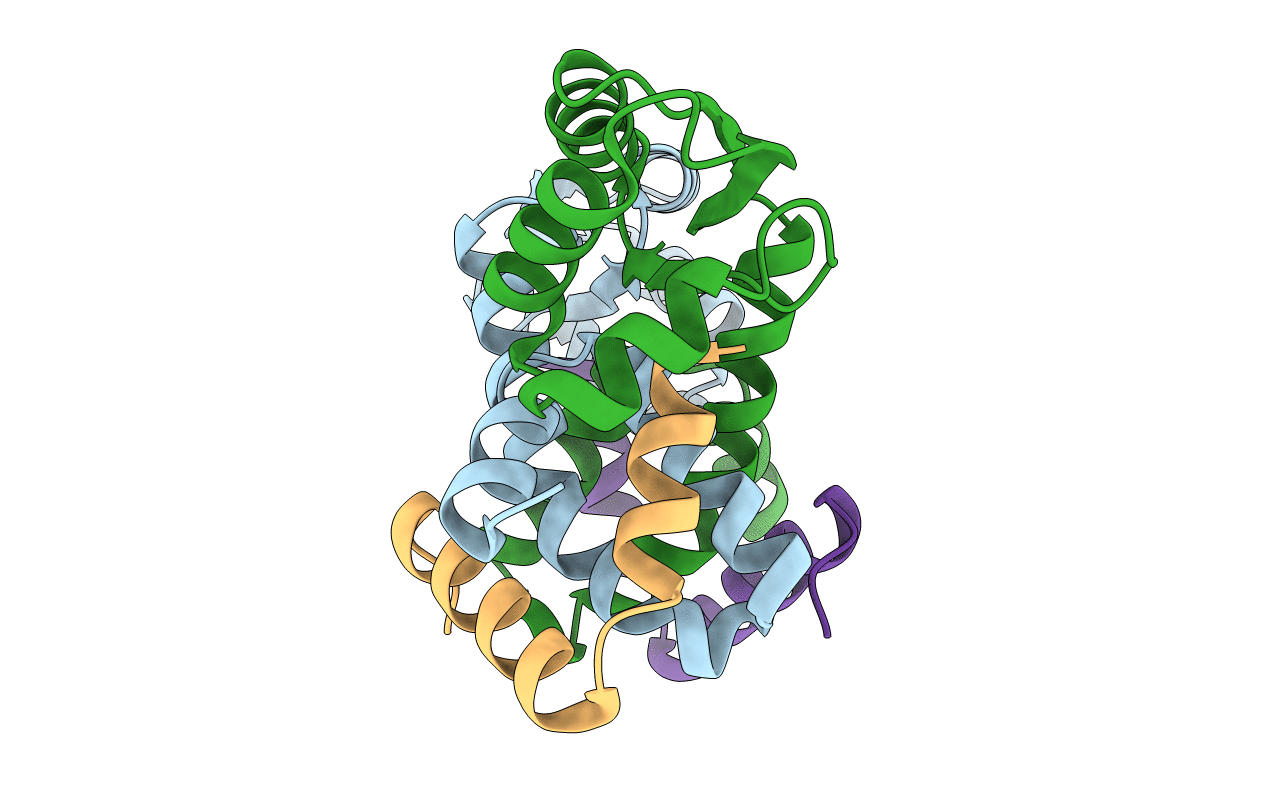
Deposition Date
1999-11-08
Release Date
2000-11-13
Last Version Date
2024-02-07
Entry Detail
PDB ID:
1DD3
Keywords:
Title:
CRYSTAL STRUCTURE OF RIBOSOMAL PROTEIN L12 FROM THERMOTOGA MARITIMA
Biological Source:
Source Organism:
Thermotoga maritima (Taxon ID: 2336)
Method Details:
Experimental Method:
Resolution:
2.00 Å
R-Value Free:
0.23
R-Value Work:
0.22
R-Value Observed:
0.22
Space Group:
C 2 2 21


